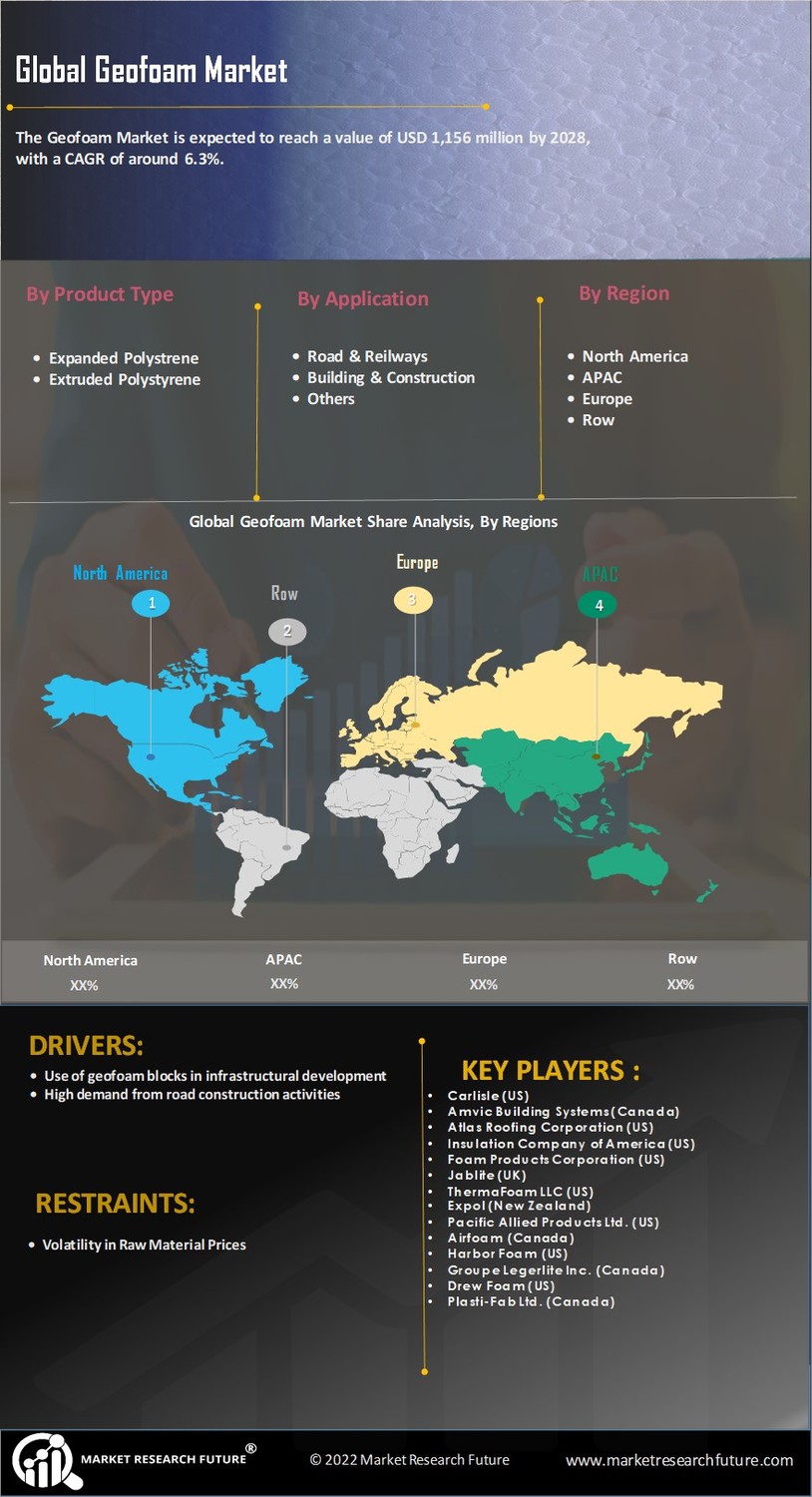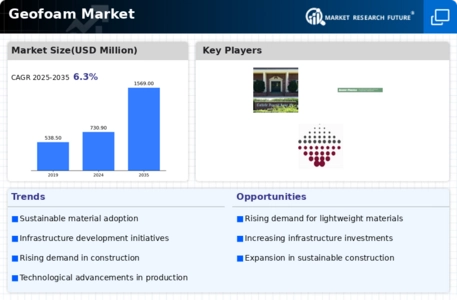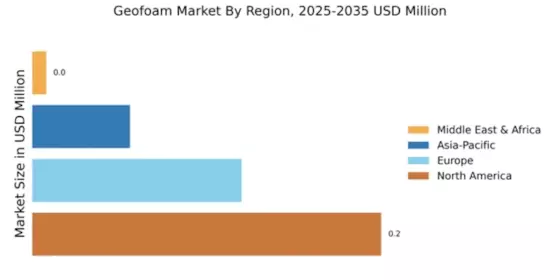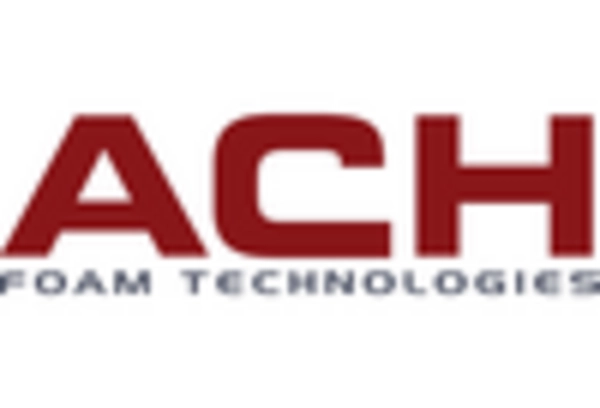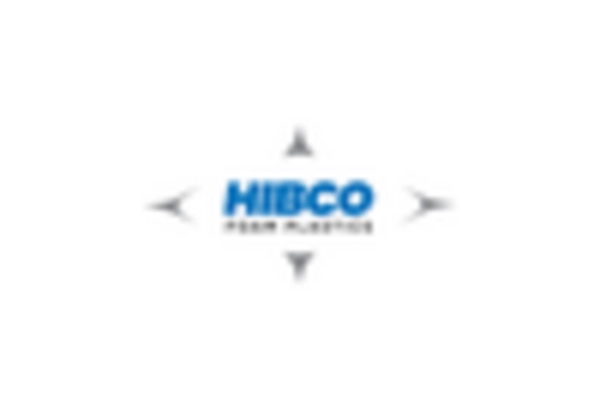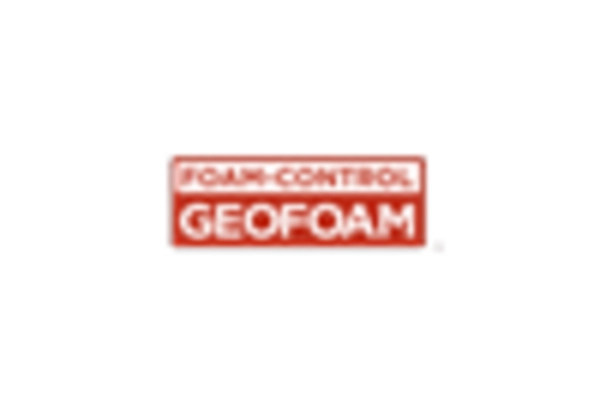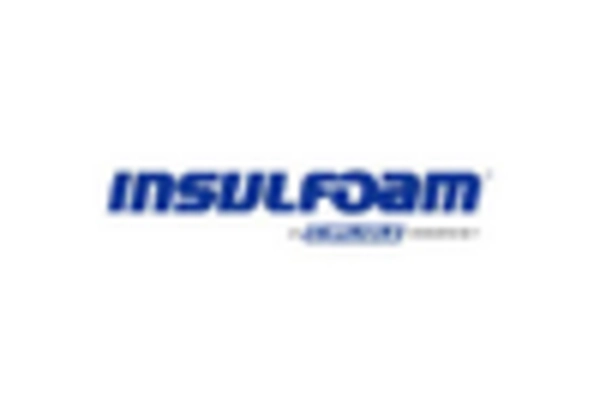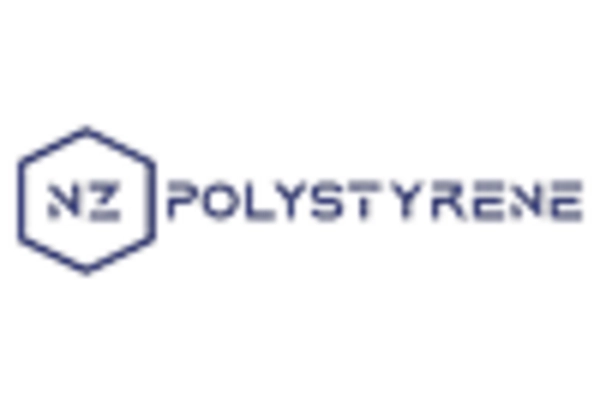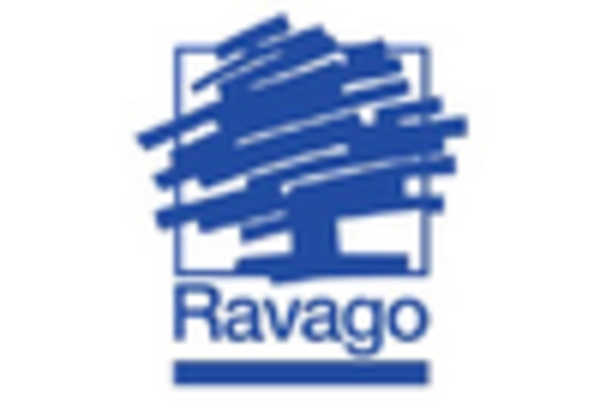Market Growth Projections
The Global Geofoam Market Industry is projected to experience substantial growth in the coming years. With a market value expected to reach 1569.0 USD Million by 2035, the industry is poised for a promising trajectory. The compound annual growth rate of 7.19% from 2025 to 2035 reflects the increasing adoption of geofoam in various applications, driven by factors such as infrastructure development and sustainability initiatives. This growth is indicative of the material's versatility and effectiveness in modern construction practices, suggesting a robust future for the geofoam market.
Rising Infrastructure Development
The Global Geofoam Market Industry is experiencing growth driven by increasing infrastructure development across various regions. Governments and private sectors are investing heavily in transportation, urban development, and public works projects. For instance, the construction of new highways, bridges, and rail systems requires lightweight materials like geofoam to reduce load on substructures. This trend is expected to contribute to the market's expansion, with projections indicating a market value of 730.9 USD Million in 2024. As urbanization accelerates, the demand for geofoam in these projects is likely to rise, further solidifying its role in modern construction.
Expansion of the Transportation Sector
The Global Geofoam Market Industry is significantly influenced by the expansion of the transportation sector. With increasing investments in roadways, railways, and airports, geofoam is becoming a preferred choice for various applications, including embankments and subgrade stabilization. The lightweight nature of geofoam allows for easier handling and installation, which is particularly advantageous in large-scale transportation projects. As governments prioritize infrastructure upgrades to support economic growth, the demand for geofoam is expected to rise. This trend aligns with the overall market growth, contributing to the anticipated market value of 730.9 USD Million in 2024.
Environmental Sustainability Initiatives
The Global Geofoam Market Industry is benefiting from a growing emphasis on environmental sustainability. Geofoam Market, being a lightweight and recyclable material, aligns with the increasing demand for eco-friendly construction solutions. Governments are implementing regulations that encourage the use of sustainable materials in construction, which could lead to a greater adoption of geofoam. The material's ability to reduce carbon footprints in projects is becoming a key selling point. As sustainability becomes a priority, the market is anticipated to see a compound annual growth rate of 7.19% from 2025 to 2035, reflecting the industry's shift towards greener practices.
Technological Advancements in Material Science
Innovations in material science are propelling the Global Geofoam Market Industry forward. Advances in manufacturing techniques and material properties are enhancing the performance of geofoam products. For example, improvements in density and compressive strength allow geofoam to be used in more demanding applications, such as seismic retrofitting and slope stabilization. These technological developments not only improve the material's functionality but also expand its applicability in various construction scenarios. As these innovations continue to emerge, the market is expected to reach a valuation of 1569.0 USD Million by 2035, indicating a robust growth trajectory.
Increased Demand for Lightweight Construction Materials
The Global Geofoam Market Industry is witnessing a surge in demand for lightweight construction materials. As construction projects become more complex, the need for materials that reduce overall weight while maintaining structural integrity is paramount. Geofoam Market serves this purpose effectively, offering a viable solution for reducing loads on foundations and minimizing excavation requirements. This trend is particularly evident in regions prone to seismic activity, where lightweight materials can mitigate risks. The growing preference for such materials is likely to drive the market's growth, as stakeholders seek to enhance safety and efficiency in construction.
